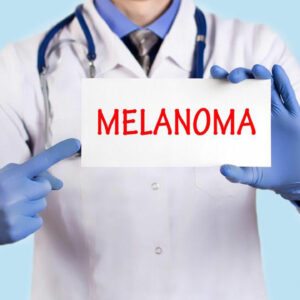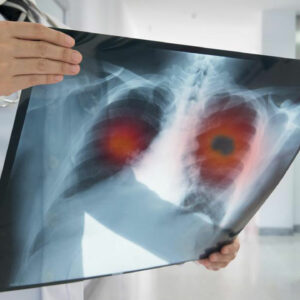
01
Fibromyalgia Symptom Diagnostic Criteria
A complicated disorder to detect, it is characterized by pain which may be accompanied by the lack of sleep, fatigue and memory or mood issues. The pain is caused by the painful sensations that change the way the brain would method the pain signals. It is difficult to say when these symptoms may begin but it is usually characterized and detected by a trauma, infection or psychological stress. These symptoms may not have a single event that may trigger the same and therefore accumulate over time, making it extremely hard to detect earlier. Women may identify fibromyalgia more often than men. Many people who have fibromyalgia may also have depression, anxiety, or several other disorders. What causes someone to suffer from the disorder of fibromyalgia is unknown, but Genetics may cause fibromyalgia as such disorders tend to run in families or makes one more susceptible to developing the disorder. Some infection or some illnesses may appear to trigger the disorder of fibromyalgia or may cause the disease to aggravate. Trauma or Psychological stress can sometimes trigger fibromyalgia. There are 18 points of check that can be helpful in detecting if one suffers from fibromyalgia. Fibromyalgia can be identified if there is persistent pain that the person suffers from for more than three months, and there is no underlying condition that can be attributed to such pain. There are no blood tests that detect fibromyalgia, but the symptoms can be detected by several blood tests that may be recommended by the doctor. There is no cure for fibromyalgia and medications are given to control the symptoms. Exercise, stress reduction and relaxation methods have been known to be helpful to the process. When considering the symptoms, the following questions should be taken into consideration. What you have been feeling for the past one week; The current treatments you are taking; and Symptoms of other diseases or known illnesses should be excluded.
Read More 










